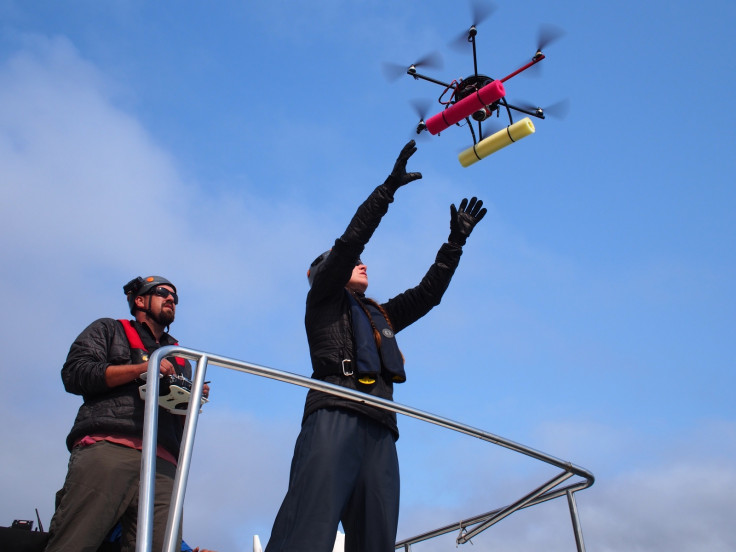Flying Drone Captures Groundbreaking Killer Whale Video Footage in British Columbia

Researchers from Vancouver Aquarium and Canada's National Oceanic and Atmospheric Administration (NOAA)'s Fisheries department have used flying drones to capture incredibly rare footage of killer whales in the first known use of this technology for whale marine conservation research.

Marine biologists studying killer whales (also known as orca whales) usually have to use helicopters and fly over the water to take measurements of the width-to-length ratio of the whales in order to figure out which whales are sickly and malnourished, and which are healthy or even pregnant.
Unfortunately helicopters are very noisy and disruptive, as well as being very expensive, and the helicopters have to be operated at 250m above the water, so it is difficult to obtain high quality footage of the whales.
So the researchers decided to use a custom-built hexacopter unmanned aerial vehicle (UAV) mounted with a camera that they named "Mobly" to study how reliant endangered killer whales in southern Canada are on Chinook salmon.
There is concern that an increase in salmon fisheries may have affected orcas and the researchers wanted to see if the whales were getting thinner.
In August 2014, the researchers launched Mobly over the ocean, flying at a height of 30m over the ocean and the whales, while the researchers waited in a boat watching the live video feed.
"That first day was memorable not only for images of whales, but for the amount of high-fiving that took place. Mobly performed like a dream—steady, stable, and quiet," Dr Lance Barrett-Lennar, head of the Cetacean Research Program at Vancouver Aquarium wrote in a blog post.
"The images of the whales were stunning, and revealed right away that we weren't going to have difficulty distinguishing robust and thin whales.

"Most importantly, the whales didn't react to Mobly visibly; not only did they not appear disturbed, they didn't seem to notice him at all."
The researchers spent 13 days studying the killer whales and succeeded in taking high-quality images of both southern and northern killer whales visiting the area.
They captured really useful footage of the whales' social behaviour within family groups, how they chased fish, how young whales played together, and even how whales and dolphins swam side by side peacefully.
Barrett-Lennar said: "The bottom line is that the method worked wonderfully well. We are convinced now that Mobly - or one of his cousins - will be an invaluable part of our research program for years to come, as we focus on recovering resident killer whale populations by, among other things, ensuring they have enough to eat."
© Copyright IBTimes 2025. All rights reserved.






















